By Robert Cashner
By 1943 it was obvious to the Germans that their tank production could not keep pace with battlefield losses. One of their efforts to expedite weapons production was the conversion of old, outdated tank chassis into tank destroyers, or Jagdpanzers. Early efforts demonstrated the rushed and sometimes rough mating of a small, old tank with a large, powerful gun. The Marder series especially appeared cumbersome and top heavy. The most successful conversion was the Jagdpanzer 38(t), commonly referred to as the Hetzer.
A Versatile Czech Chassis
With international tensions rising in Europe, in 1937 the Czech Army began a search for a new modern tank. After exhaustive testing, the Czechs adopted the LT vz 38. It had riveted armor with a maximum thickness of 25mm and a minimum of 10mm, which was comparable to similar tanks of the era. A four-man crew included the driver, bow gunner, gunner, and commander. The main gun was a Skoda A7 37mm cannon, equivalent in performance to the Germans’ own 37mm or the British 2-pounder. A Praga inline 6-cylinder gasoline engine gave the LT vz 38 a top speed of 26 miles per hour and a range of 125 miles. All around, it could outperform or was at least comparable to any tank in the German Army with the exception of the PzKpfw. IV with a short-barreled 75mm gun, but this tank was available only in small numbers.
When France and Great Britain sacrificed Czechoslovakia to the Nazis to gain Prime Minister Neville Chamberlain’s “Peace in Our Time,” the Germans were more than happy to get their hands on the famous Czech arms industry and its products. The vz 38 was not in service with the Czech Army yet, but the Germans eagerly adopted all existing models for themselves as the PzKpfw. 38(t), with the “t” designating the Czech origin of the vehicle, and kept the production lines rolling. The Germans used the PzKpfw. 38(t) to equip their 7th and 8th Panzer Divisions for the invasion of Poland in 1939 and France in May 1940. The PzKpfw. 38(t), with various upgrades, remained in frontline service with the Wehrmacht as a light tank until 1942, when new Soviet armored vehicles such as the T-34 medium and KV series of heavy tanks outclassed it.
However, the chassis and powertrain were still quite viable. These became the bases for a variety of German tracked vehicles, including self-propelled artillery, tank destroyers, assault guns, reconnaissance vehicles, a self-propelled 20mm antiaircraft gun, and an assortment of weapons carriers. The most successful of these was the leichte (light) Jagdpanzer 38(t) Hetzer. The term “Hetzer,” or “baiter,” was never official nomenclature but rather a misunderstanding between German Army officials and Czech manufacturers. The name stuck unofficially.
An Effective Tank Destroyer Design
The Jagdpanzer 38(t) retained the Praga AC/2800 water-cooled inline, six-cylinder engine, the 150- to 160-horsepower transferred through a semiautomatic five-speed Praga transmission and Wilson clutch and steering brakes to the final drive. The original front drive sprocket, rear idler wheel, and leaf spring suspension of the PzKpfw. 38 was retained, but the four rubber-tired steel road wheels were larger than the originals and the track had only a single return roller on top. Relatively lightweight at 16 tons (the design specs calling for 13 tons) and with a 35cm wide track, the Hetzer had a ground pressure of 0.76kg/cm2. Although at 26 mph (42 kph) it was nowhere near as fast as the 55-60 kph originally called for in the design parameters, it had good cross-country performance, and although sluggish at low speed it could be quite nimble with the engine kept revved up to high rpms. It also featured a pivot steer, with one track going forward while the other reversed, enabling it to turn around basically within its own length.
The new hull was designed with armor protection and not crew comfort in mind. The frontal armor was of rolled steel plates interlocked and welded, 60mm thick with the top sloped at a 60-degree angle and the lower plate sloped at 40 degrees. The side and rear armor was of a lower quality alloy steel and only 20mm thick. The top plates sloped at 40 degrees, and the lower hull and rear sloped at 15 degrees. Top armor was only 8mm thick, and the bottom plate 10mm.
One German after-action report by a battalion commander of a Hetzer unit noted the effectiveness of this armor. “The frontal armor resists penetration by the Russian 7.62cm antitank guns. Up to now, losses have only occurred due to penetration of the sides and rear. It is therefore especially important to only present the strong front to the enemy.”
It was a low, compact armored vehicle, the hull 15 feet, 9 inches long, just over eight feet wide, and less than seven feet tall, hardly higher than a standing man. Main armament was the reliable and powerful 75mm L48 PaK39, with a secondary armament of a top-mounted 7.92mm machine gun. Small, low and easy to hide, fairly nimble, and with a powerful gun, the Hetzer made an excellent tank destroyer.
The same colonel quoted above said, “The ‘leichte Panzerjager 38’ had passed its test in fire. The crews are proud of this Jagdpanzer and the infantry have faith in it. Especially praised is the … machine gun. The effective weapons, low profile, and well-sloped armor make it fully adaptable to both its main roles in combating enemy tanks and supporting infantry in both attack and defense.”
“In a short period, one company destroyed 20 tanks without a single loss. A task group destroyed 57 tanks, of which two were JS 122s at a range of 800 meters.”
The Hetzer’s Shortcomings
As with many wartime improvisations there were, of course, problems. Due to the width of the hull, the 75mm main gun had to be mounted on the right side, the mount supported by the thick upper plate. This limited the gun to a relatively narrow traverse of only five degrees left and 11 degrees right; anything further, or if engaging a crossing target, the driver had to turn the vehicle toward the target. The extra weight on the right side put undue pressure on the suspension’s leaf springs and also made the vehicle nose heavy, with the rear end sitting 10cm higher than the front. As production continued, improvements were made, such as beefing up the leaf springs and drive train and lightening the gun mantle. Other various modifications to ease manufacture and maintenance, such as small hatches in the armor for the fuel, oil, and antifreeze caps, were also incorporated over the life of the vehicle.
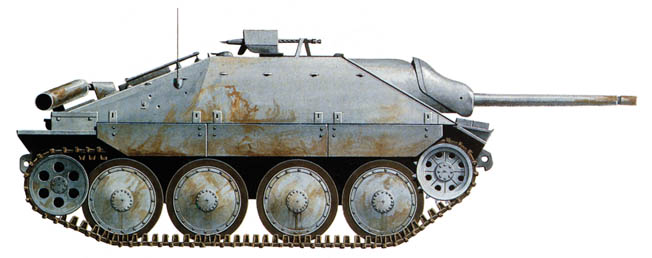
Nothing could be done to make more room inside the small hull, and the crew had little space. The driver, gunner, and loader were all seated in a line up the left side of the hull. The commander was perched in the right rear with the recoil guard of the main gun all but isolating him from the rest of the crew, hurting the vital teamwork of the whole crew. His view was restricted to the SF14Z scissors periscope forward and a small rear-facing fixed periscope.
The driver was squeezed into the front left corner with the transmission and gun mount right at his elbow. Steering was via two horizontal rather than vertical joysticks with exposed linkages, and his field of view was poor with only two periscopes pointing straight forward. Since he could not communicate well with the commander, there were three lights on the driver’s control panel which the commander could turn on and off to signal the driver to go left, right, or straight. Driver safety was limited to a thick leather pad above his head and a small, thick rubber pad on his left.
Because the gun was mounted on the right, the loader had to feed it from the wrong side, reach over it to switch the safety, breech block opening lever, and extractor release, as well as reach across the recoil path or the gunner to pull some of the stowed ammunition. The loader had a single periscope fixed in the 9 o’clock position to see out the left side of the vehicle.
The gunner was seated directly to the left of the gun breech, with hand-cranked traverse and elevation wheels directly on the right. His gunnery sight was the SFl.Z.F.1a periscope, which ran up through the roof. The reticule on the sight consisted of seven triangles that were four mils apart, enabling the gunner to aim without obscuring the target, calculate range, and lead a target. The reticule could be dimly lit for lowlight shooting. An adjustable range drum was graduated in 100-meter intervals for the trajectory of the four different types of ammunition used. When the whole crew was buttoned up, there was essentially no vision to the right side of the vehicle.
A remote-control MG-34 7.92mm machine gun was mounted on the roof for close-in defense against infantry. Behind the loader were the controls, rather like a submarine periscope with two folding handles, a rotating 3x periscope to aim through, and a trigger lever on the handlebar. While it did work, it was limited to a belt of only 50 rounds inside a metal drum; with a cyclic rate of fire of 800-900 rounds per minute, it was only good for a few short bursts. Reloading required the loader to pop out the hatch and expose himself to enemy fire.
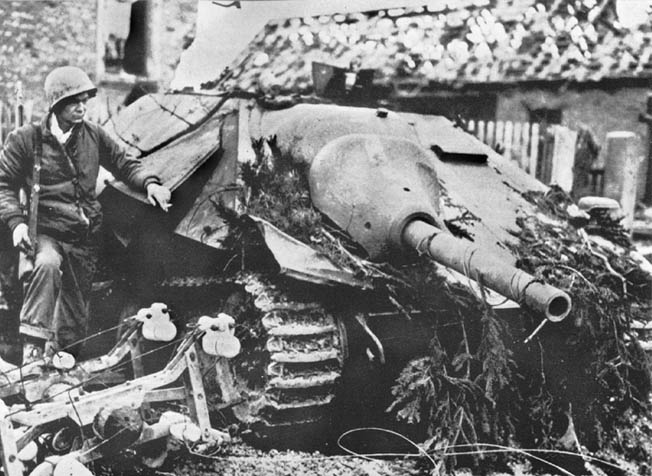
The Hetzer’s Deadly Armament
It was the PaK 39 that was the heart of the whole system, and although only 75mm it was powerful enough to handle any Allied tank with the exception of the Soviet heavies like the Josef Stalin. Four types of ammunition were carried, with a total of 41 rounds. The Pzgr.40 high-velocity, sub-caliber, tungsten core round was the best antitank shell, firing a 4.1kg projectile at 930 m/s. Striking at a 30-degree angle, this round could penetrate 120mm of armor at 500 meters and 97mm at 1,000. The sight drum was graduated to 2,000 meters for this load.
The tungsten-cored Pzgr. 40 ammunition was often in scarce supply, and the runner up for anti-tank performance was the more plentiful Pzgr. 39 armor piercing, ballistic-capped with explosive filler and tracer element, launching a heavier 6.8kg projectile at a lower muzzle velocity of 750 m/s. It could pierce 106mm and 95mm of armor at 500 and 1,000 meters respectively.
The Gr. 38 HL/C round was designed around the shaped charge HEAT (high explosive antitank) principle used in the bazooka and panzerfaust, but was actually much less effective against armor than either of the other two AT rounds as well as being much less accurate. It could be used in lieu of the standard high-explosive round for soft targets.
With the Pzgr. 39 or 40 ammunition, the Hetzer was capable of first-shot hits at 1,000 meters. The German Army testing procedure assumed correct range estimation and a competent gunner and expected with Pzgr.39 ammo a 99 percent chance of a first-shot hit at 500 meters and a 71 percent chance at 1,000 meters. The small vehicle, camouflaged and waiting in ambush, could be deadly with such shooting. An Allied tank column would not know the Panzerjager was there until the lead tank burst into flames.
Hetzer Teams in Action
A German Army after-action report from the Eastern Front detailed what Hetzers with good crews could do, even against the Soviet giants.
“The 3rd Company with four Jagdpanzer 38s was in a firefight with a JS-122 at a range of 1,200 meters. The Russian heavy tank fired 10 rounds at the commander’s Jagdpanzer that had taken up a good position on a reverse slope. All 10 rounds came directly at the Jadgpanzer but always landed 100 meters too short.”
This shows the value of what tankers call a hull-down position. Basically, if the driver could see the target the gunner could engage it. The gun itself needed only 1.4 meters of clearance to fire; thus, in a hull-down or defilade position, the Hetzer presented a target only .77 meters tall.
“The company commander immediately sent a Jagdpanzer off to the right along a concealed route through a depression to attack from the flank. The sixth shot from this Jagdpanzer 38 penetrated the side of the Josef Stalin 122, and it burned out. This reemphasized the experience that if possible a single Jagdpanzer 38 should never engage in a firefight. When firing the powder smoke is blown back and envelops the commander’s scissors periscope and strongly hinders the ability to observe and correct the gunner’s aim. A second Jagdpanzer can observe the flight and strike of the rounds and relay corrections by radio to quickly destroy enemy tanks.”
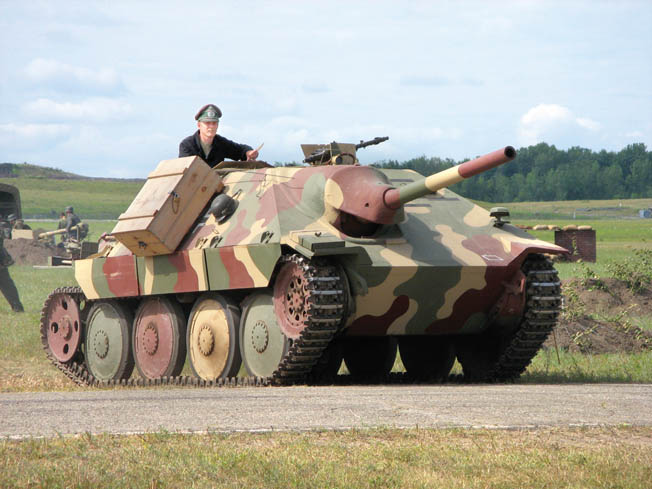
So, teamwork was not only important with the individual crews, hampered by the recoil shield around the commander’s position, but also with the other vehicles in the company. The tactical use of terrain, cover, and concealment was nearly as important. Deploying single Hetzers, especially without infantry support, was almost certain to end in failure.
Postwar Service in the Swiss Military
Even after the end of the war in Europe, some Hetzers were manufactured from existing stocks and production facilities in Czechoslovakia. The Czechs built 180 for their own military forces, mostly used for training, and Switzerland ordered 158 export models of the Hetzer, which were given the Swiss Army nomenclature G-13.
Why, one would ask, with all the Hetzer’s little problems, would a postwar nation want them? The Swiss military system and doctrine was defensive in nature. When needed, the Swiss could mobilize some 500,000 troops. Every soldier, after serving his mandatory time in the armed forces, took all his equipment, including his rifle, home and was subject to periodic training. Individual marksmanship was especially emphasized, with nearly every town having shooting competitions on weekends, and the reservists issued both practice and ready ammunition.
The Swiss had authorized a marked increase in defense funding in 1936 and purchased weapons that they could not manufacture. They realized well, perhaps better than some larger and more powerful nations, the importance of armor and aircraft. One of the main rearmament purchases was for 100 Czech LT zv 38 tanks. Only two dozen had arrived, without the main gun yet installed, before the Germans took over Czechoslovakia and confiscated all existing tanks.
The Swiss armed their tanks with an odd 24mm gun and distributed them in three eight-tank companies, one each in support of their 1st, 2nd, and 3rd Light Brigades, but this was obviously little more than a token gesture. Although they had extensive fortifications in the Alps and could produce artillery pieces up to 150mm, their antitank arm was extremely weak. The German General Staff drew up two major plans to invade Switzerland, but both projects were fortunately dropped. Switzerland breathed a sigh of relief in 1945, but the nation was determined not to be caught in such an uncomfortable situation again.
Thus, the Hetzer was a good choice to quickly and cheaply begin to build up Swiss antitank capabilities, and its design was perfectly suited to their strictly defensive military doctrine. Additionally, the existing LT vz 38s had given them experience with running and maintaining the same automotive systems and could provide spare parts in a pinch.
The Hetzers were but a first step, and the Swiss postwar arsenal came to include exports such as the French AMX-13 and British Centurion tanks, as well as a host of infantry anti-tank weapons. The Swiss began building their own tanks in the early 1960s. Still, the G-13 soldiered on, with most converted to diesel engines in the early 1950s, until the last was retired in 1970.
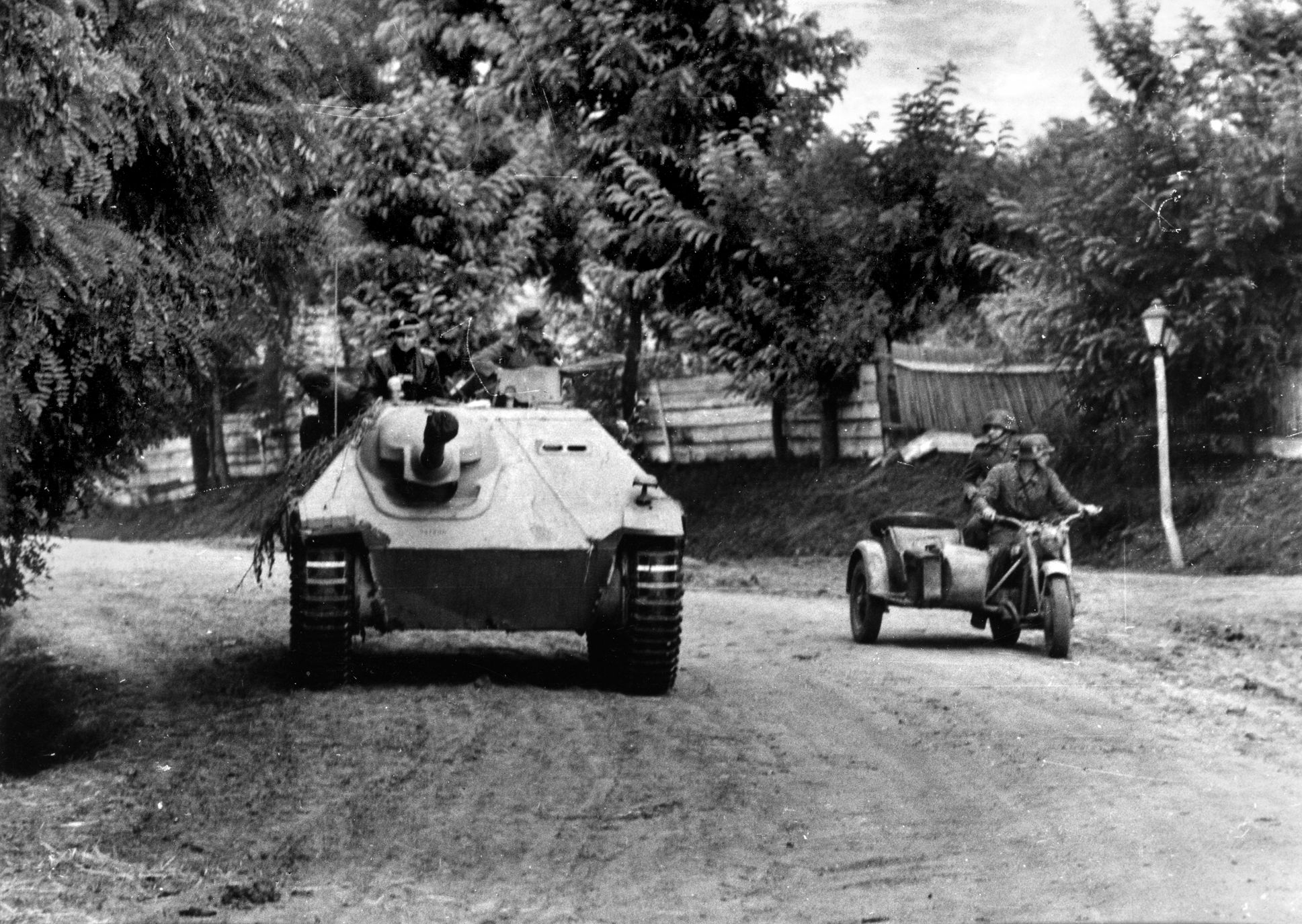
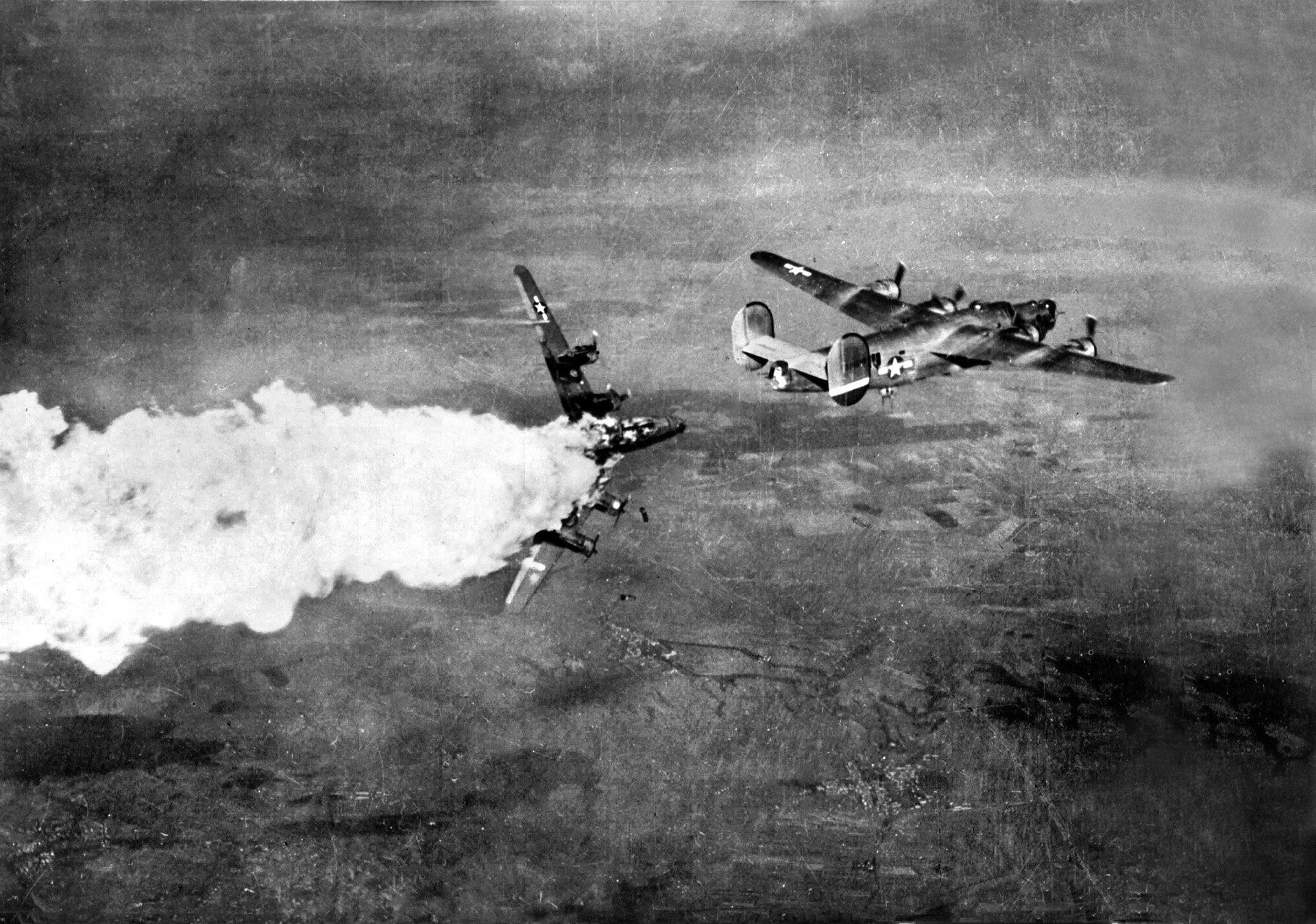
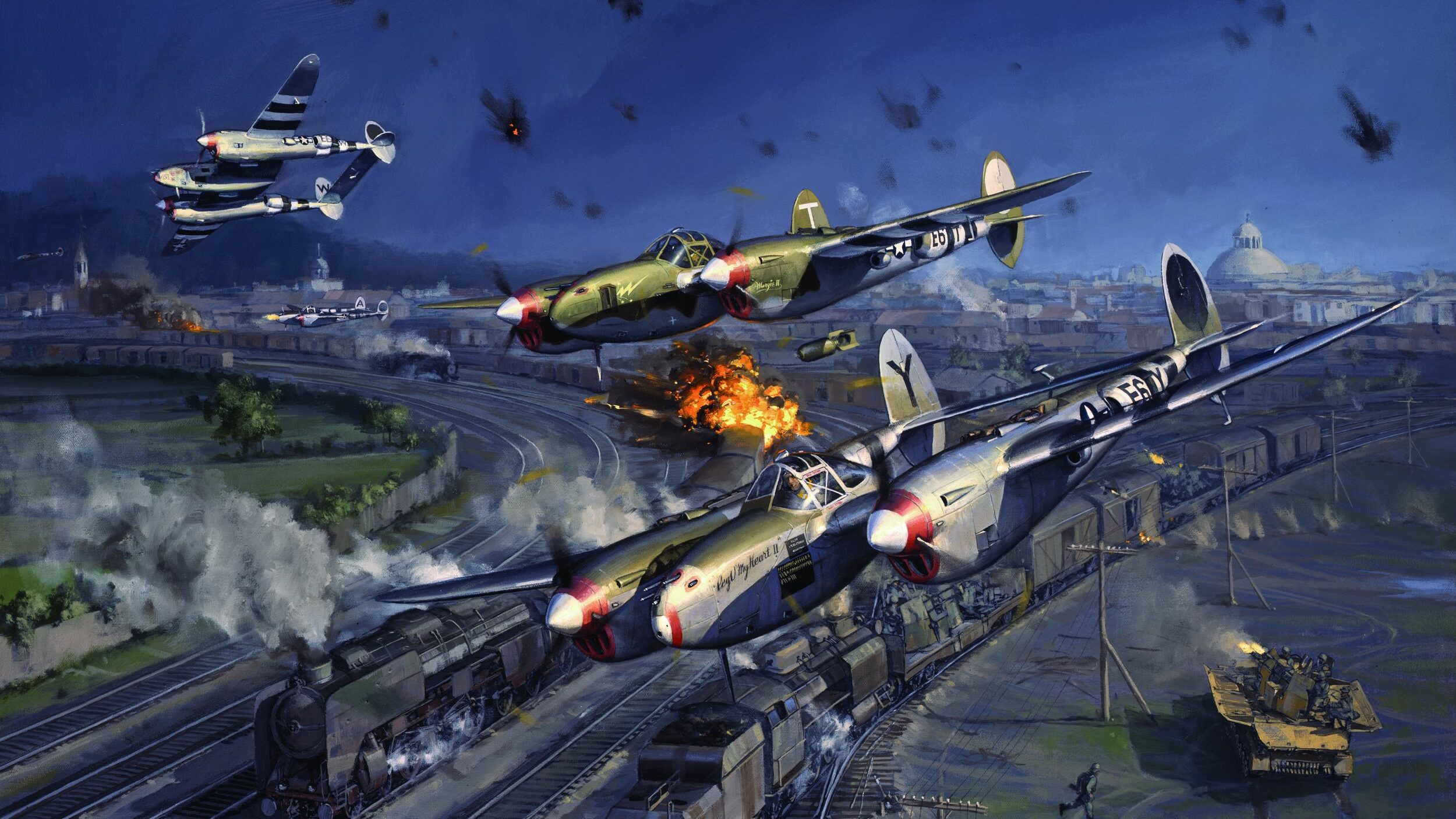
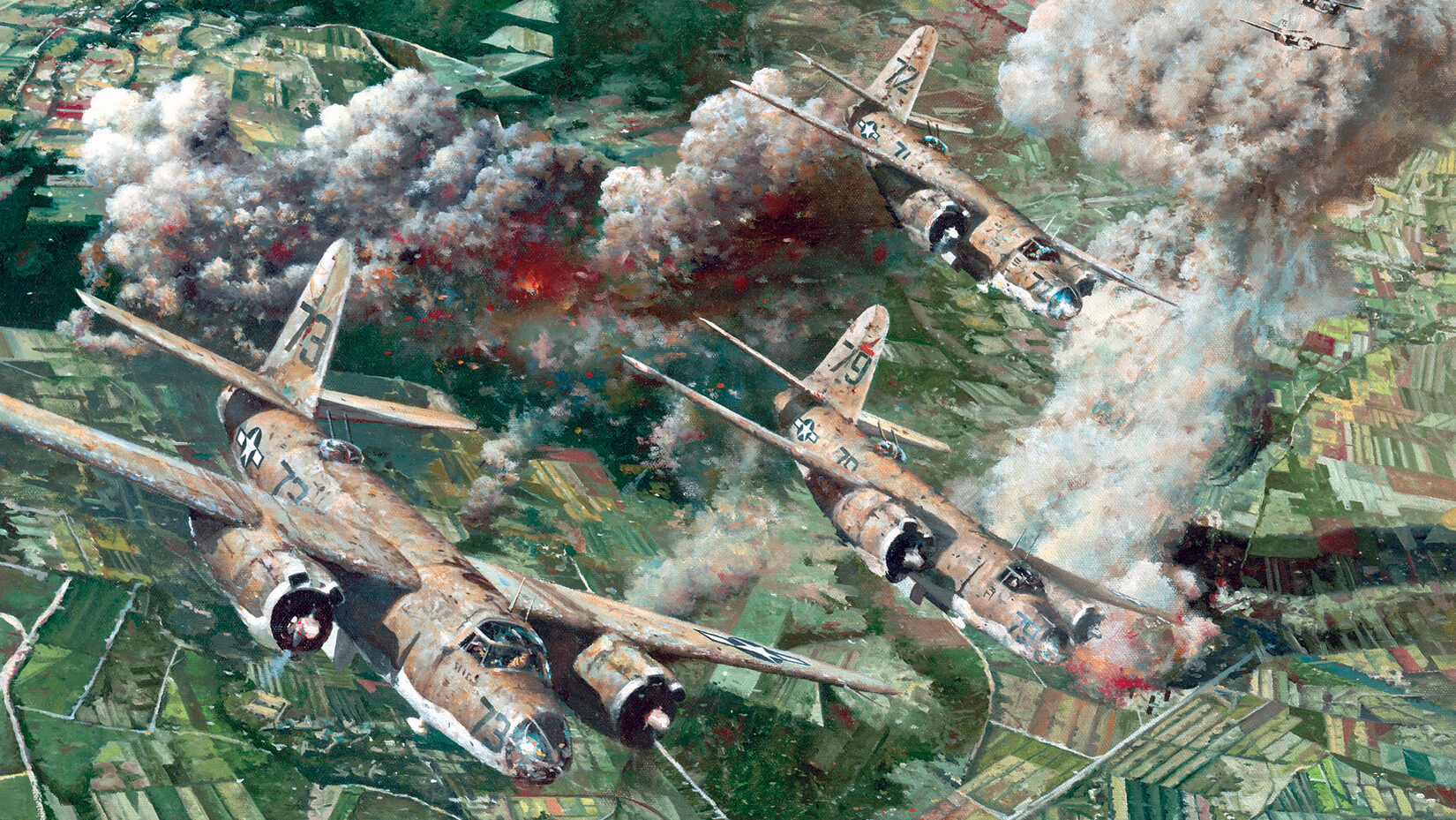
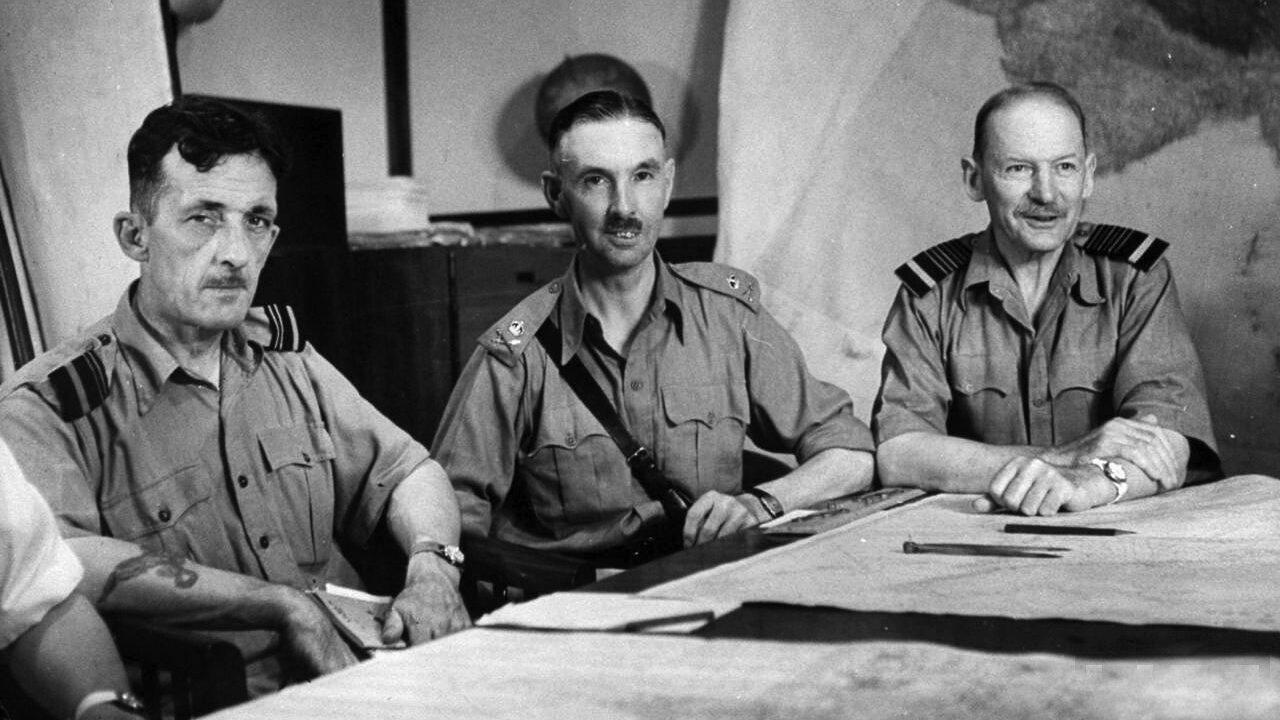
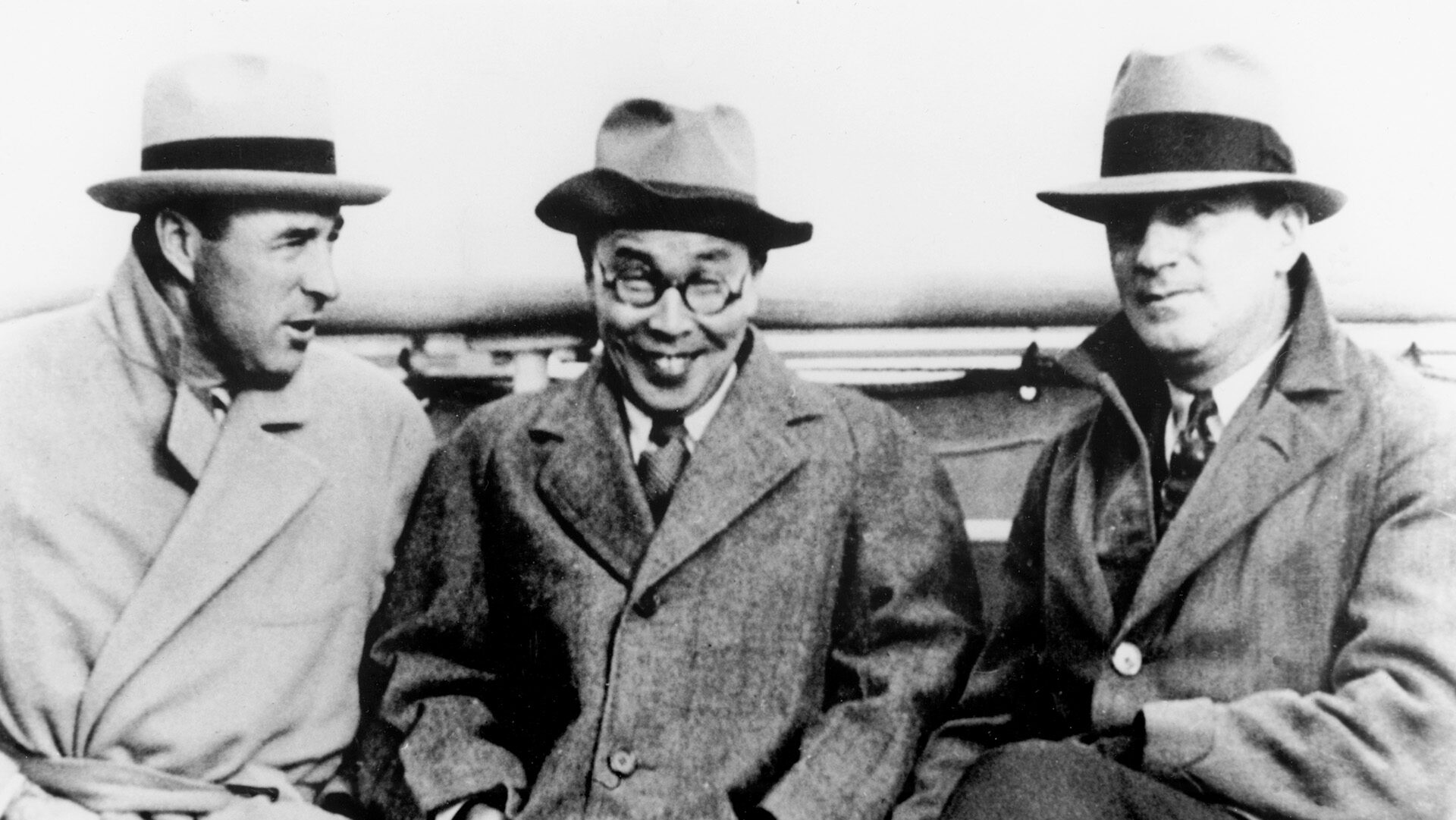
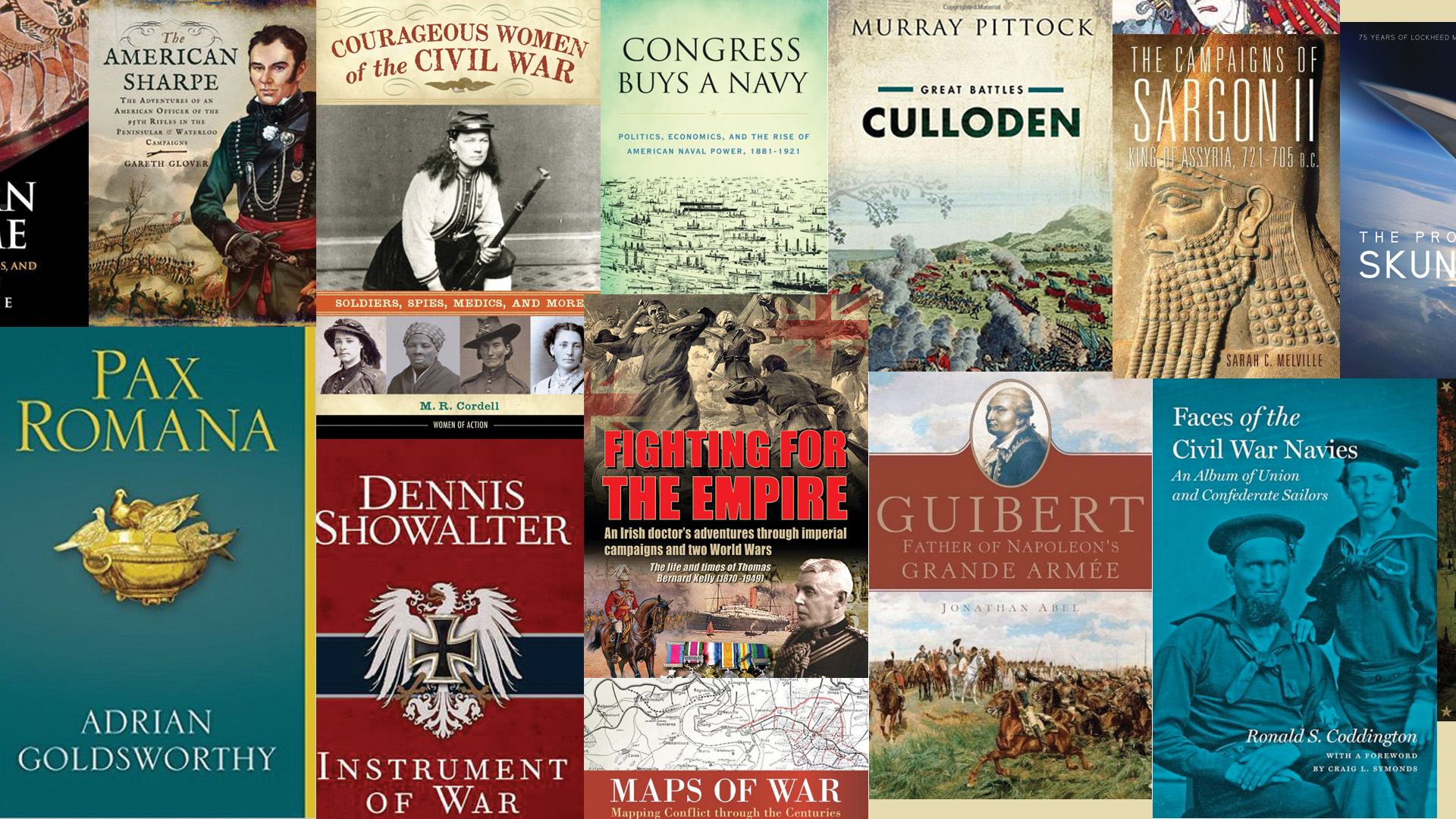
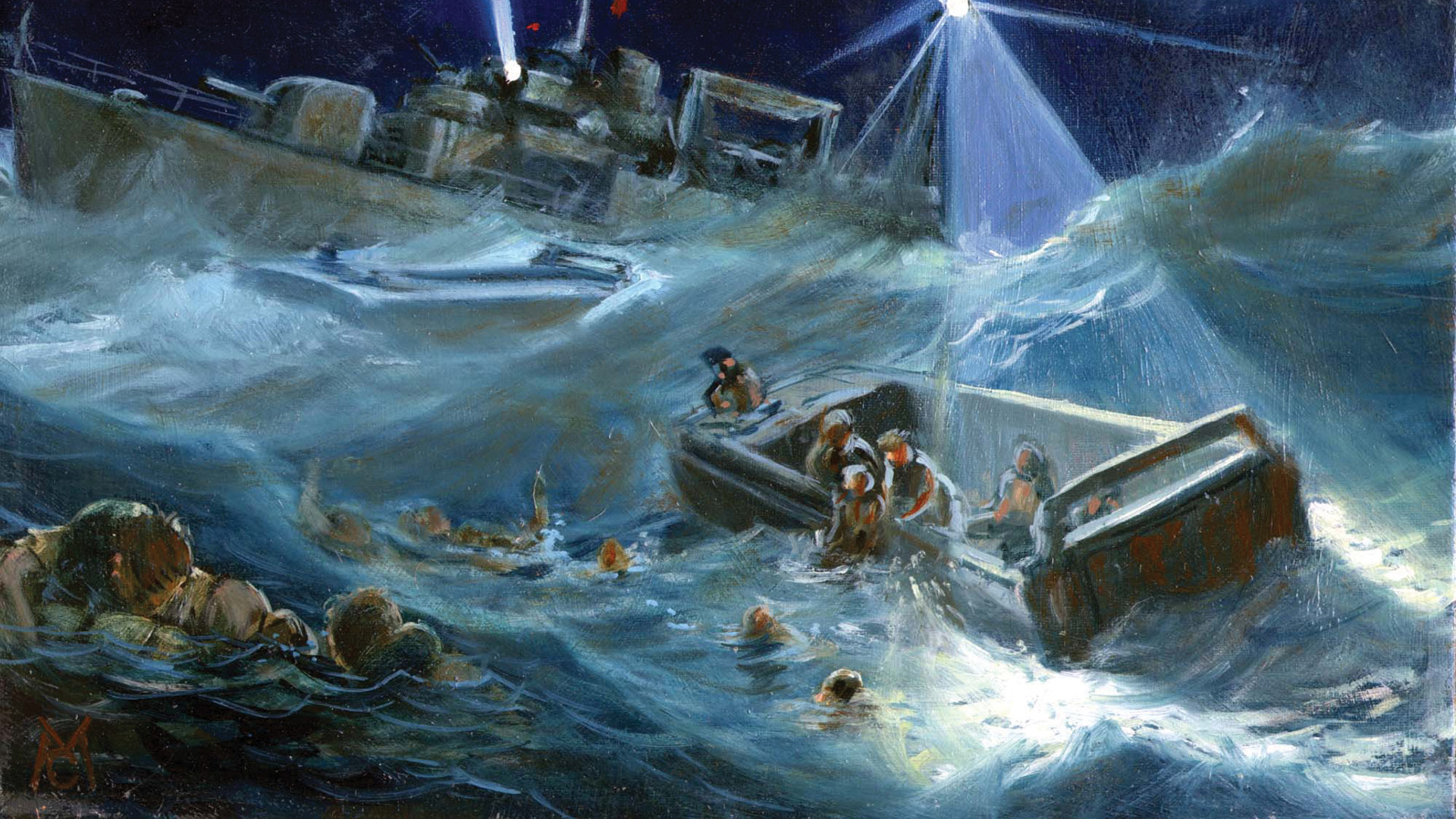
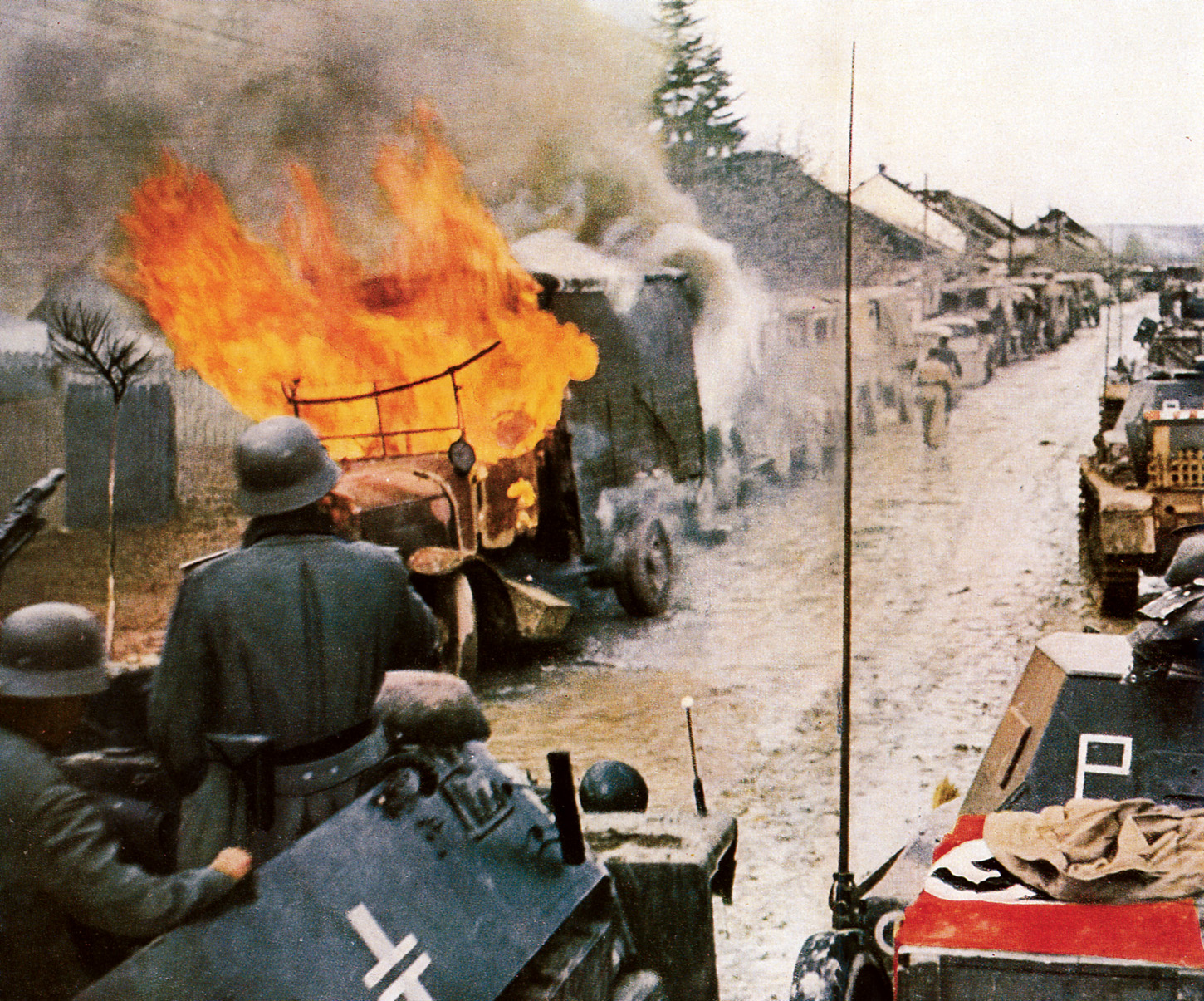
Join The Conversation
Comments
View All Comments